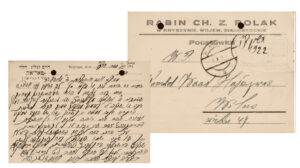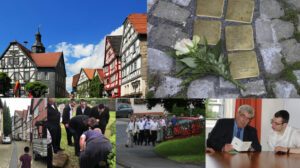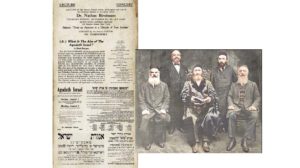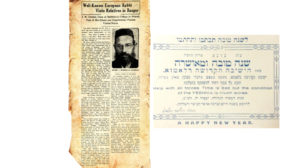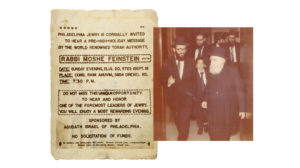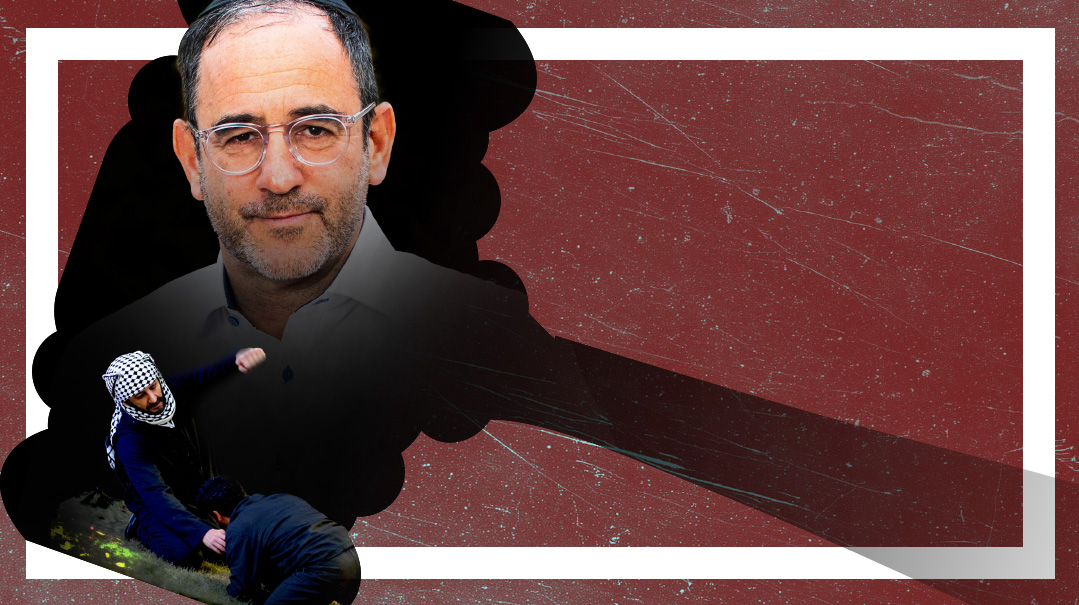The Woman Who Unearthed Jerusalem

Armed with shovels, grit, and an abiding trust in Tanach, Eilat Mazar unearthed King David’s palace
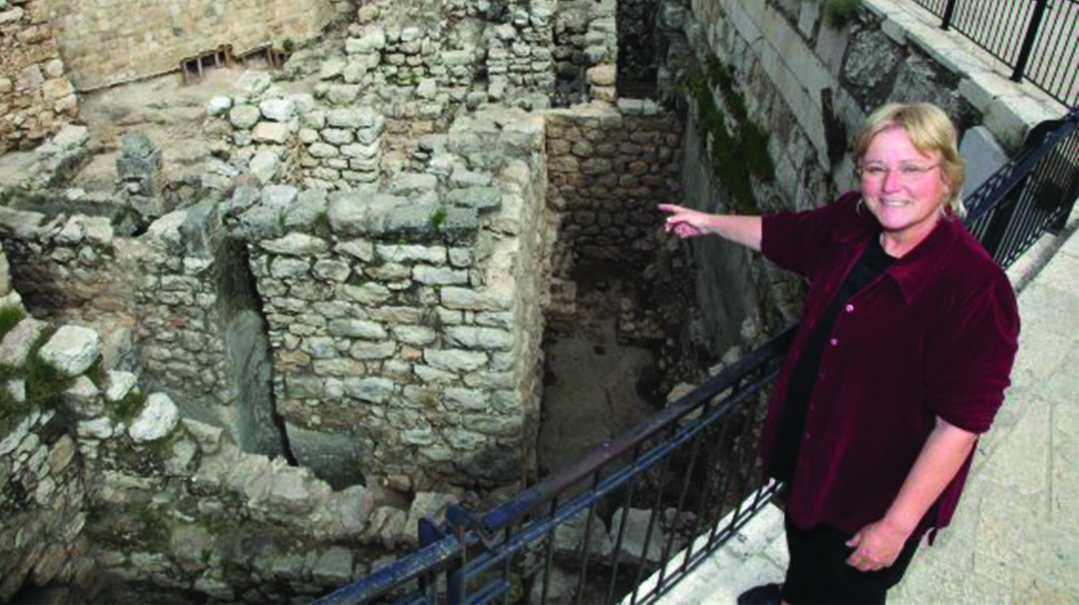
When maverick archaeologist Eilat Mazar a”h passed away last week at age 64 after a prolonged illness, she left behind a legacy that many Jews, even those in Eretz Yisrael, are little aware of: In the face of revisionist history, false narratives, and the debunkers of Jewish claims to Jerusalem, this world authority on Jerusalem’s past fought the good fight to bring Dovid Hamelech and the Beis Hamikdash era out of the pages of Tanach and into living history.
While the Muslim Waqf, the religious authority that administers the Temple Mount, has been propagandizing for years that there was never a Beis Hamikdash on the site (and has been systematically destroying First and Second Beis Hamikdash-era artifacts for decades), it’s not only the Waqf that has cast the shadow of doubt over Judaism’s intrinsic connection to Jerusalem.
Even among Jews, a large number of academics and intellectuals have dismissed the Biblical account of Dovid Hamelech’s kingdom and the ensuing Davidic dynasty as a piece of fiction. This school has also found its voice in Israel’s archaeology arena — a discipline that should be purely scientific but is often politicized. Where the historic layers beneath the ground hold so much potential for present-day conflict, even mainstream archaeologists are inclined to downplay finds that might be considered too highly charged with Biblical or historical accuracy and therefore offend politically correct sensibilities.
While the idea of using the Tanach as a source for historical truth has become increasingly controversial in the halls of Israeli academia, Eilat Mazar would have none of that. With a Tanach in one hand and archaeological tools in the other, she would unapologetically change the narrative.
“The Torah is the most important historical source we have for honest archaeological study, since it contains a genuine and extremely detailed historical account of the past, almost as if it were a blueprint for the future,” she told me when I first met her back in 2005. She had just embarked on the most exciting, if not controversial, project of her career — a quest to unearth King David’s palace on the outskirts of Ir David. And the location was clear to her — against all the naysayers — because she followed the text. “Today the scholarly approach to Tanach is that it’s not true unless you can prove it true. Maybe we should start with the assumption that it’s true?”
While Mazar wasn’t mitzvah observant, Tanach for her was more than just a historical document. It was something to be approached with reverence and awe. Our meeting was in her office, which I remember as being a place of professional clutter: ancient vessels from her excavations of the thousands-year-old Phoenician trading settlement of Achziv on Israel’s northern coast, books on archaeology by both her father and famed grandfather Binyamin Mazar, grids and charts and markings, and her most precious possession — a well-worn, heavily tagged Tanach.
Eilat Mazar was determined and focused, energetic and passionate, but even though she rode a motorcycle and smoked thin cigars, there was a softness about her as well. It was the tenderness that comes with a life of challenges. At the time, she was a young widow of 48, raising four children on her own after her husband, archaeologist Yair Shoham, passed away suddenly of a heart attack at age 44.
While juggling her young family, who would often share her adventures, Mazar was a field archaeologist, a lecturer at the Hebrew University’s Institute of Archaeology in Jerusalem, and head archaeologist for the former Shalem Center’s Institute of Archaeology. Over the years, her discoveries included some of the earliest known artifacts in ancient Jerusalem — scientifically excavated evidence proving the Biblical narrative of a united monarchy that ruled from these parts.
In one discovery, using Tanach as her blueprint, Mazar uncovered a section of the wall that Nechemiah built when he arrived in Jerusalem as governor after the Persian King Darius II permitted the Jews to return to Eretz Yisrael and rebuild the Second Beis Hamikdash. Sefer Nechemiah relates that despite the resistance of hostile locals who’d occupied the area in the Jews’ absence, Nechemiah strengthened the morale of the residents and rebuilt the entire wall around the city in a speedy 52 days. Mazar found remnants of that wall, true to the description of her trusty Tanach.
Mazar also discovered part of the ancient city walls built by Shlomo Hamelech (Melachim 3:1) located between the Har Habayis and Ir David, known as the Ophel, and even found the seal of King Chizkiyahu there — proving again that First Beis Hamikdash-era kings lived right here.
But it was her excavation on the elevation abutting the City of David, down the hill and south of Har Habayis, that shook the archaeological world. For lying undisturbed for nearly 3,000 years was a massive building that Mazar was convinced is King David’s palace.
Oops! We could not locate your form.
